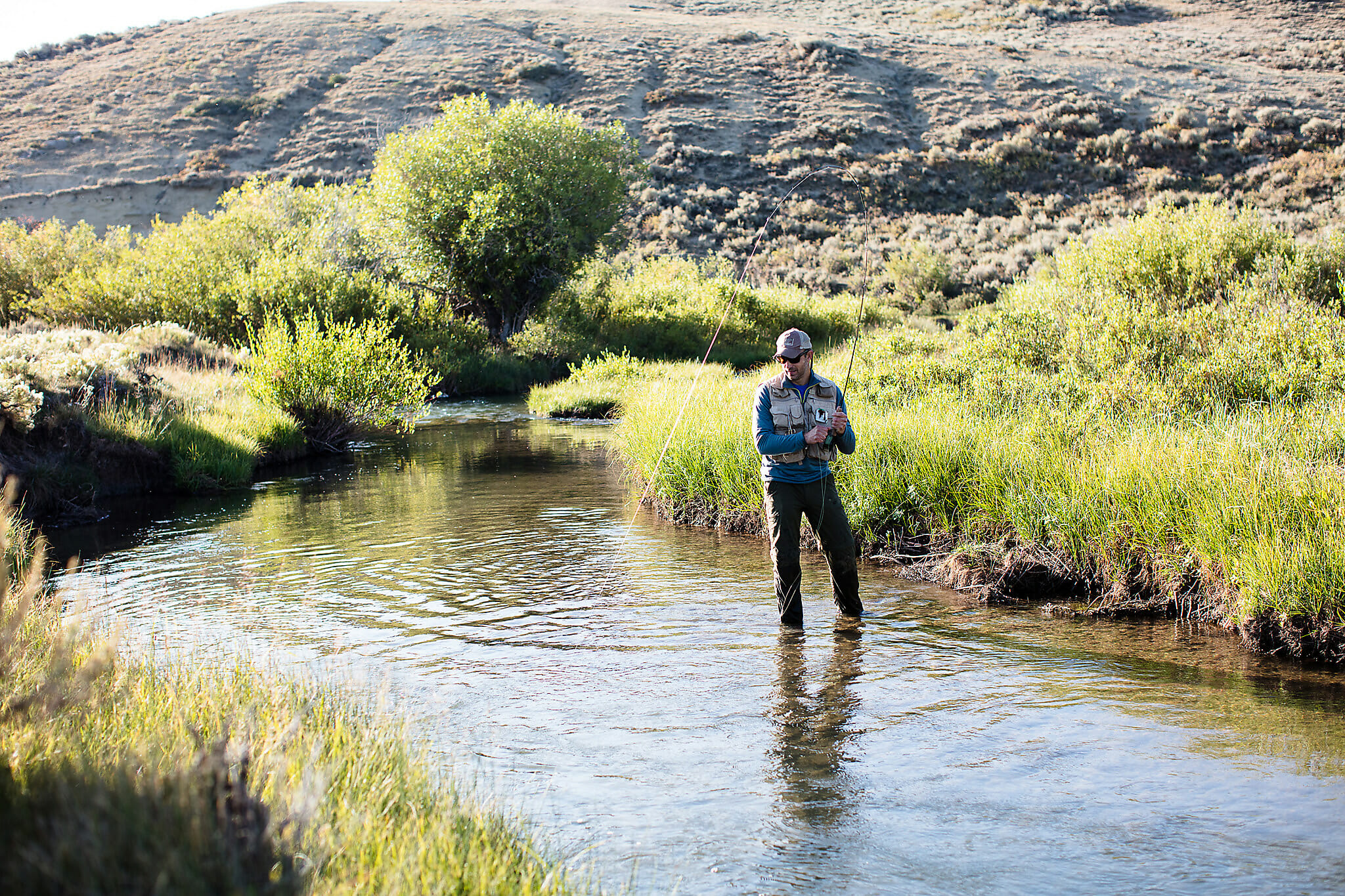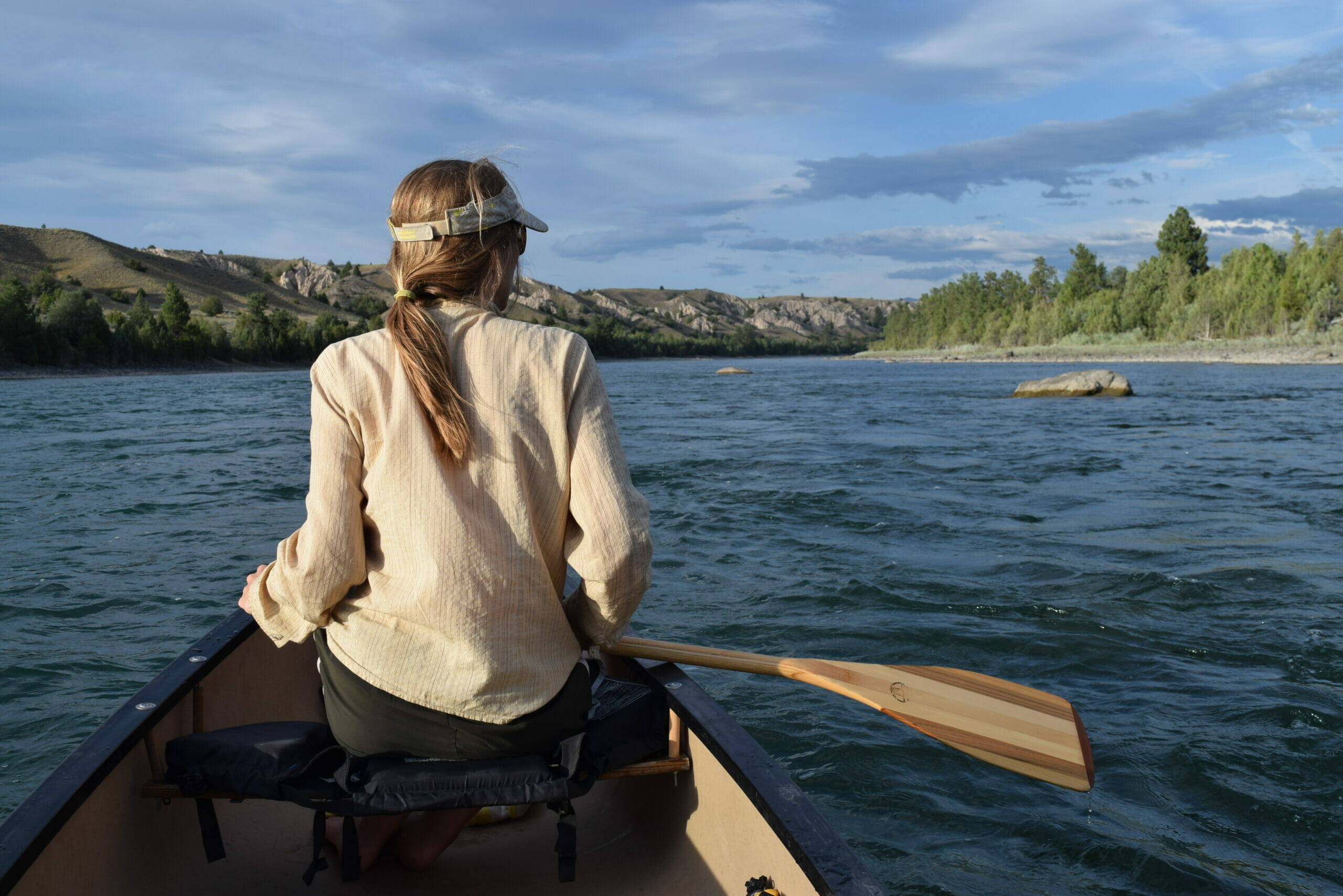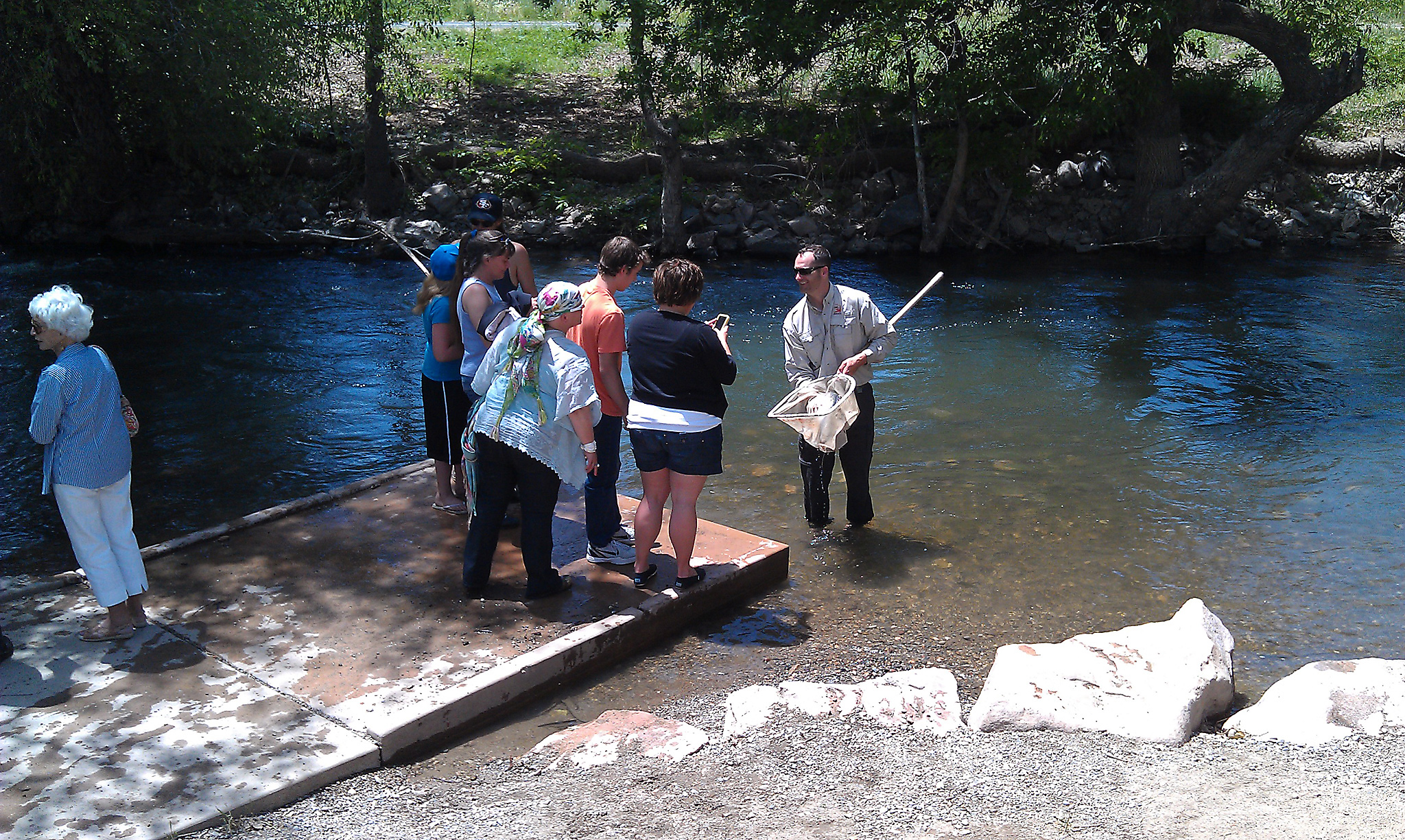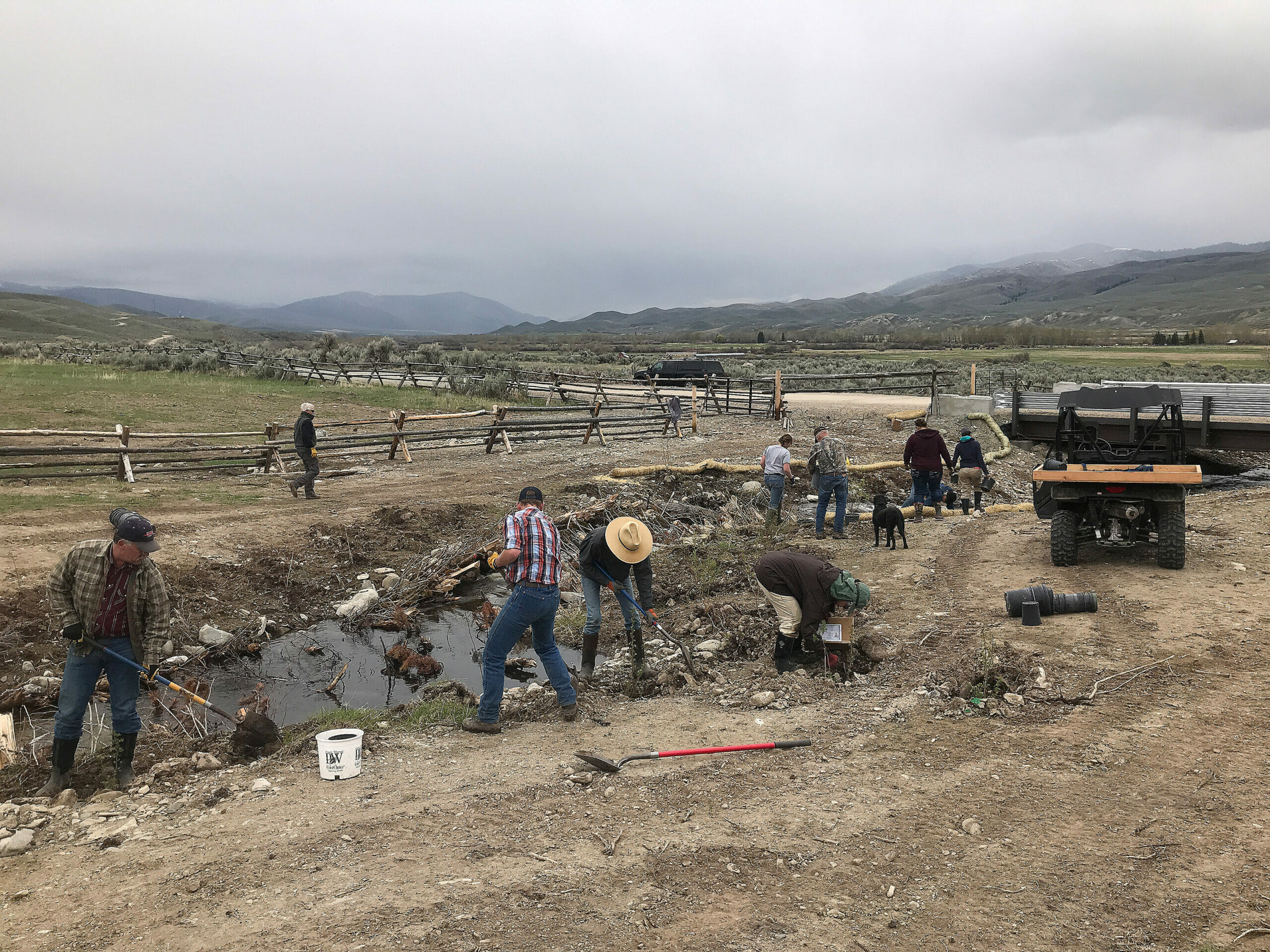
Pioneering.
Local.
Collaborative.
Pragmatic.
Innovative.
Impactful.
Experienced.
Trusted.
Twenty years ago
Twenty years ago, Trout Unlimited looked across the landscape of the West at water use and saw huge, complicated, unaddressed problems that were sucking the life out of our best trout rivers and streams.
Twenty years ago, thousands of miles of trout and salmon habitat were fragmented by makeshift dams, obsolete irrigation practices, and development. Countless fish died in diversion ditches. Hundreds of streams and rivers dried up in late summer.
Twenty years ago, environmental groups had an antagonistic attitude toward farm and ranch country, and the two sides viewed each other with open hostility and suspicion.
TU saw an opportunity to make a crucial difference. We decided to work with ranchers and farmers to address water and habitat problems in a way no other conservation organization had done before. Together, we created water projects and restoration programs that later merged into the Western Water and Habitat Program.
Twenty years later
The road has been long and sometimes rocky. But we’ve learned a thing or two about how to do conservation work in the West. The soul of our organization took shape out in the field, in communities, on ranches, and on farms while getting our hands dirty working alongside trusted agriculture partners.
The results have been remarkable. Despite increasingly partisan politics over the last two decades, TU has managed to build partnerships, launch groundbreaking conservation projects, and advance innovative water policy in some of the most conservative places in the West.

Pioneering
Being a pioneer means being out front. Trying new things. Mapping uncharted territory. It means having the persistence and grit to push onward, doing what it takes to reach a goal.
In the past 20 years, Trout Unlimited’s Western Water and Habitat Program staff has blazed new trails in the rural West, with conservation goals and practices that have become standard operating procedure today.
New tools, new insights
Implanting tiny radio transmitters into the bellies of native cutthroat trout, and employing beavers on restoration projects.
Water Leasing
Keeping a little extra water in the stream can work miracles in protecting trout habitat, especially in the West.
“TU’s western water and habitat work is a high-return investment. Remarkably so. First, private funding leverages public resources at a significant scale. The resulting projects show clear habitat and wildlife results, measurable and impactful. And the work opens the door to new allies, new partnerships, and a broader base of support for land and water stewardship across the West.”
Sam Tucker, Director
Colorado River Sustainability Campaign
All too often, conservation groups helicopter in with big schemes and ideas but without real knowledge about how the local community works or how their projects affect local families and landowners. Before long, the conservationists depart without a personal stake in what they leave behind. Meanwhile, locals see a high rate of turnover in governmental resource agency staffers whose work affects their lives.
Little wonder that outsiders with big ideas are not especially welcomed. The Western politics of change is inherently local. That’s why, from the start, Trout Unlimited put an emphasis on placing staff in local communities across the West and on hiring people who grew up where they’re working on projects. Our people know the territory, and the players, and how to get things done.
Another TU advantage is our local grassroots chapters and members, who often help on local projects.
By sinking our roots locally, we’ve been able to find resources and push forward water solutions despite agency budget cuts and legislative inertia.
We’re local and here to stay — that’s why our solutions stand the test of time.
Roots in the Gunnison
Get to know Cary Denison and Jesse Kruthaupt, two of our staff members working in Colorado.
Growing up on the California central coast
Tim Frahm is a third-generation central coast Californian. He caught his first coastal wild steelhead 45 years ago while learning to ply estuaries and the lower ends of small streams between Carmel and Half Moon Bay.
Local Hero
At age 19, in the 1950s, Kirk Klancke left his native Minnesota and settled in Colorado with his wife, Marianne, in the beautiful Fraser River Valley. His life since has been a testament to how one person’s love of place can make a difference.

Local

Collaborative
None of Trout Unlimited’s water and habitat restoration work in the West happens without collaboration. Partnering with stakeholders is a major feature of TU’s conservation model that the Water and Habitat Program has helped pioneer — and it’s a major reason for our success in getting things done on the ground.
What do these partnerships look like?
For TU staff, they are long drives down dusty roads to remote ranches, and even more remote head gates. We spend many hours in low-ceilinged, fluorescent-lit rooms on folding chairs talking about weeds and watershed plans, high-school basketball scores, and cattle prices. Then there are the after-meeting discussions held leaning on pickups in parking lots in the snow, and the after-after-meetings in the local bar.
In other words, TU’s partnerships are real, boots-on-the ground collaborations, forged face-to-face.
We partner with a who’s who of movers and shakers:
Ranchers • Farmers • Tribal Governments • Watershed Groups • Irrigation Districts • Timber Companies • Canal Companies • Corporations • Municipalities • Land Trusts • Teachers • State Agencies • Federal Agencies • Local Government Entities
In these partnerships across the West, TU staff plan and execute projects that:
improve flows • restore stream habitat • improve water quality • enhance drought and flood resilience
Choosing win-win
As they migrate up the coastal streams lacing California’s fabled North Coast, coho salmon find their journey blocked by old check-dams and decrepit culverts. TU’s partnership with local timber companies is making big changes.
Collaboration in the Clark Fork River Basin
In the Clark Fork River Basin — where decades of dredge mining ravaged the watershed and presented daunting restoration challenges — collaboration is a necessity to tackle the enormous technical and financial challenges posed by a river restoration of this scale.

